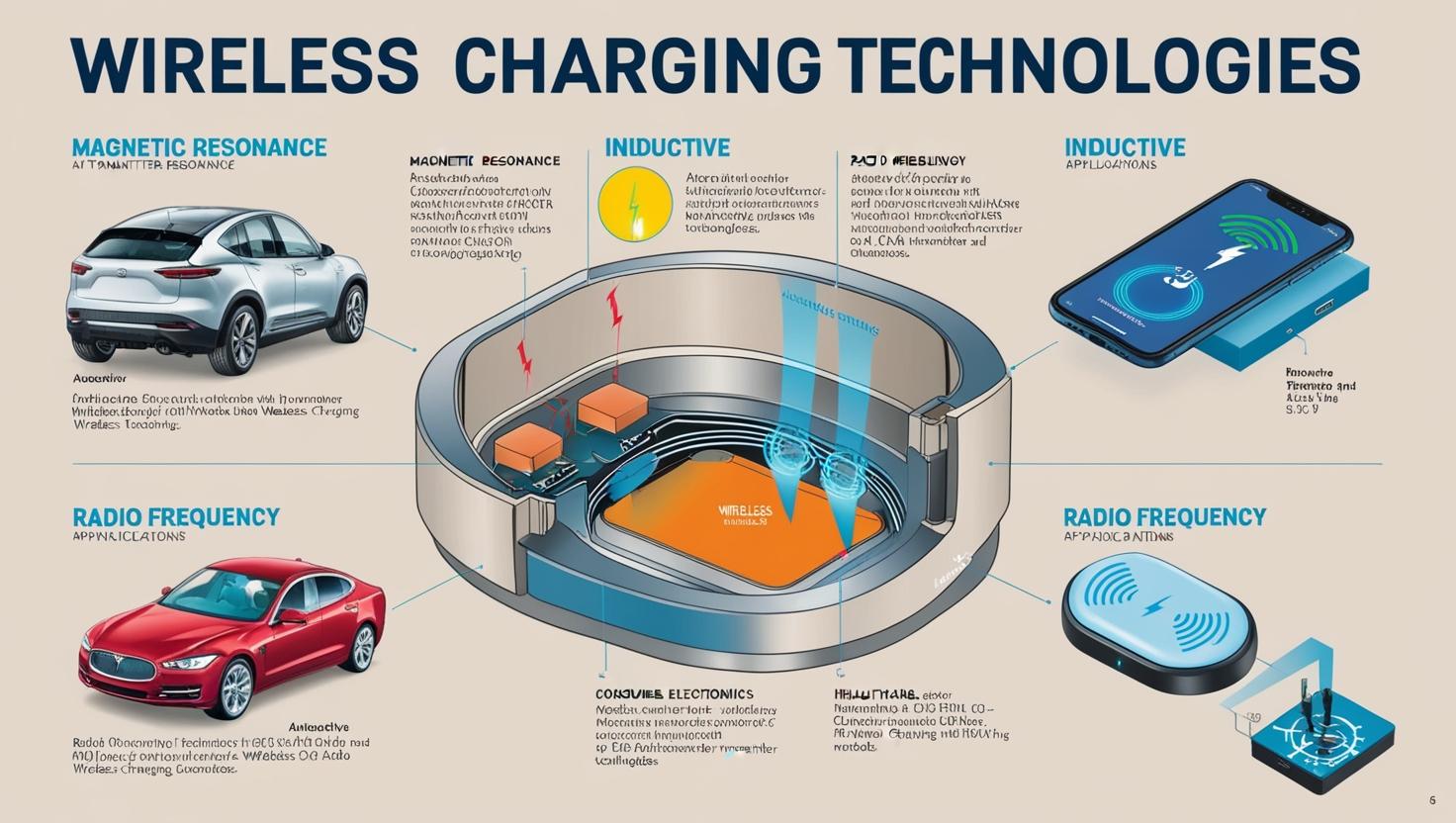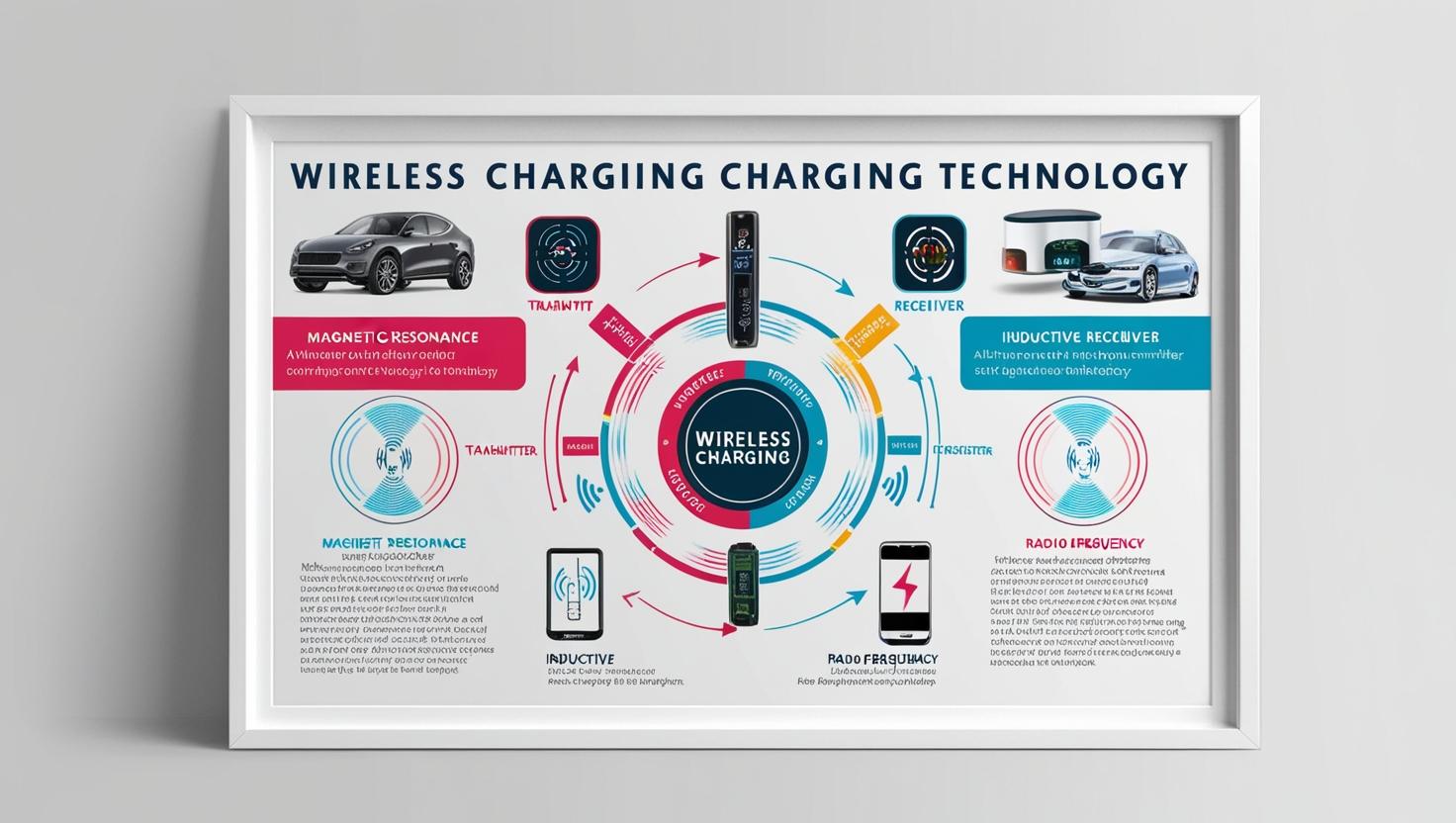The U.S. wireless connectivity market is experiencing significant growth as technological advancements continue to shape industries across the country. With rising demand for high-speed and reliable wireless networks, the market is poised to benefit from the proliferation of emerging wireless technologies and the integration of the Internet of Things (IoT). As smart devices become increasingly prevalent, from home automation systems to industrial IoT solutions, the need for versatile and high-performance wireless communication technologies is accelerating.
Connectivity standards such as Wi-Fi, Bluetooth, ZigBee, LoRa, Sigfox, NB-IoT, UWB, GNSS, and others are all playing crucial roles in addressing specific connectivity needs across various applications, industries, and use cases. As demand for wireless solutions expands in sectors like healthcare, automotive, smart homes, manufacturing, and transportation, the U.S. market is experiencing a wave of innovation and growth.
Key Drivers of Growth in the U.S. Wireless Connectivity Market
1. 5G and High-Speed Wireless Networks
The 5G revolution is one of the primary drivers of growth in the U.S. wireless connectivity market. Offering ultra-low latency, faster download speeds, and more reliable connections, 5G is expected to pave the way for new applications in fields such as autonomous vehicles, smart cities, remote healthcare, and smart manufacturing. The adoption of 5G networks is also driving the need for new wireless connectivity standards, which support high-speed and real-time communication.
As telecom companies and industries push for nationwide 5G coverage, the demand for robust, high-performance wireless connectivity solutions has never been greater. Additionally, advancements in Wi-Fi 6 (and upcoming Wi-Fi 7) are helping complement 5G by enhancing speed, coverage, and capacity within indoor environments.
2. The Internet of Things (IoT) and Smart Devices
IoT devices are multiplying at a rapid rate, connecting everything from smart home appliances and wearable devices to industrial machines and vehicles. Wireless connectivity standards such as Bluetooth Classic, Bluetooth 4X, Bluetooth 5X, Z-Wave, and Thread are enabling seamless communication between these devices.
Bluetooth 5X, for example, is particularly useful in the development of smart home systems, providing extended range and speed to accommodate growing networks of connected devices. Similarly, ZigBee and Thread are key players in home automation, offering low-power, reliable connections for smart thermostats, lighting systems, and security solutions.
Download PDF Brochure @
https://www.marketsandmarkets.com/pdfdownloadNew.asp?id=192605963

3. Advancements in Low Power Wide Area Networks (LPWAN)
LPWAN technologies like Sigfox, LoRa, NB-IoT, and LTE Cat-M1 are opening up new opportunities for wireless connectivity, especially in remote or rural areas. These technologies are crucial for use cases where long-range and low-power communication are required, such as smart agriculture, asset tracking, and environmental monitoring. The increasing adoption of LPWAN solutions is expected to play a major role in industries that rely on sensors and data-driven decisions, as they enable reliable communication in areas where traditional connectivity options might fall short.
4. Real-Time Tracking and Location Services
With growing demand for location-based services, wireless technologies like GNSS (Global Navigation Satellite System) are becoming increasingly important. GNSS enables accurate positioning for applications in fleet management, logistics, navigation systems, and drone technology. Similarly, UWB (Ultra-Wideband) is gaining traction for precise indoor positioning systems, such as those used in smart factories, warehouses, and retail environments.
The need for more accurate, real-time positioning data is pushing the market to adopt increasingly sophisticated wireless technologies to ensure seamless and real-time tracking.
5. Security and Contactless Solutions
With growing concerns about data security and privacy, NFC (Near-Field Communication) is being widely used in payment systems, contactless access control, and smart card applications. The rise in mobile payments and the increasing demand for secure authentication are further driving adoption of NFC-based solutions in various sectors, including banking, retail, and healthcare.

Wireless Connectivity by End-Use and Region
The U.S. wireless connectivity market is characterized by diverse end-use applications and geographical variances. Let’s take a closer look at the key sectors driving growth and the regional outlook.
1. End-Use Applications
Healthcare: The healthcare sector is increasingly adopting wireless connectivity solutions to improve patient care, enable remote monitoring, and streamline operations. Wi-Fi, Bluetooth, and Z-Wave technologies are playing a significant role in patient monitoring devices, wearables, and smart healthcare systems.
Automotive: In the automotive sector, cellular connectivity (including LTE and 5G) is critical for enabling connected vehicles, autonomous driving, and fleet management. V2X (Vehicle-to-Everything) communication is paving the way for enhanced safety and efficiency on the road.
Smart Cities: Cities across the U.S. are investing in wireless technologies to develop smart infrastructure, from street lighting and traffic management systems to public Wi-Fi networks. LPWAN technologies like LoRa and NB-IoT are playing a significant role in urban smart grid solutions, while Wi-Fi and 5G are powering high-speed connectivity for smart streetlights and environmental sensors.
Manufacturing: The Industrial IoT (IIoT) is transforming manufacturing facilities with real-time monitoring, predictive maintenance, and asset tracking. Wi-Fi, Bluetooth, UWB, and LPWAN technologies are being implemented in factories to improve productivity and safety.
2. Regional Outlook
The adoption of wireless connectivity technologies varies across different regions of the U.S. According to market research, the Northeast and West Coast are expected to lead the market, driven by the presence of tech hubs and high adoption rates of 5G and smart technologies. Silicon Valley and other major technology centers are actively advancing innovation in 5G networks, IoT solutions, and smart city applications.
Meanwhile, the Midwest and South are witnessing significant growth in agriculture technology, smart farming, and logistics, with increased adoption of LPWAN technologies like LoRa and Sigfox for large-scale deployments in rural and remote areas.
The Southeast is also a growing hub for automotive and manufacturing industries, driving demand for cellular connectivity and Bluetooth solutions for connected cars and smart factories.
The U.S. wireless connectivity industry is experiencing strong growth across various wireless technologies such as Wi-Fi, Bluetooth, 5G, LPWAN, GNSS, and more. As smart devices, IoT, and connected services continue to proliferate, industries from healthcare to automotive are embracing advanced wireless solutions to enable innovation, improve efficiency, and enhance user experiences.
With investments in 5G infrastructure, the Internet of Things (IoT), and low-power networks, the U.S. wireless connectivity market is poised for robust expansion, driving both technological progress and economic growth across the nation. As the demand for high-speed, reliable, and secure wireless networks grows, U.S. businesses and consumers alike will benefit from a new era of connectivity that promises to enhance every aspect of daily life and business operations.
